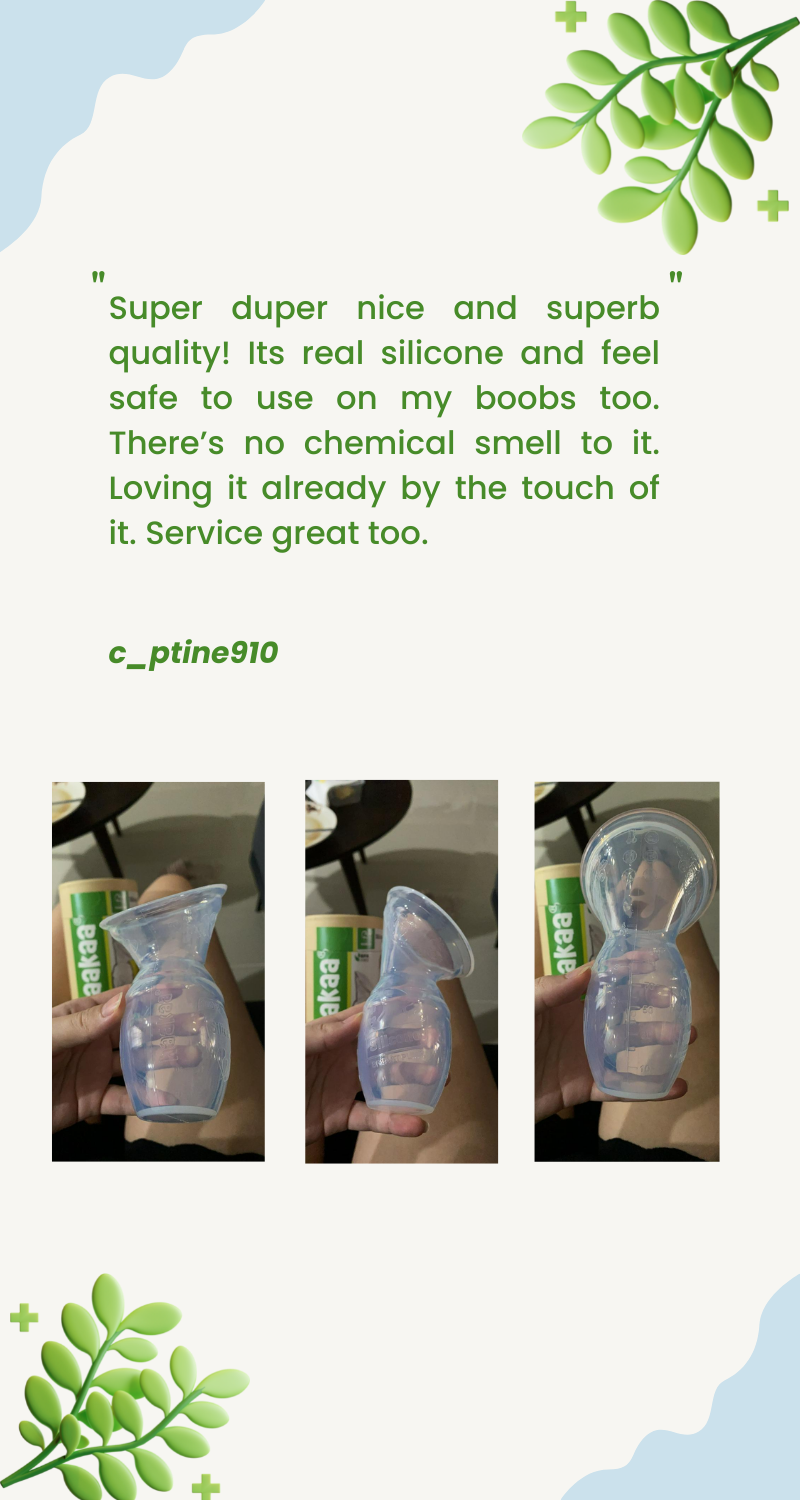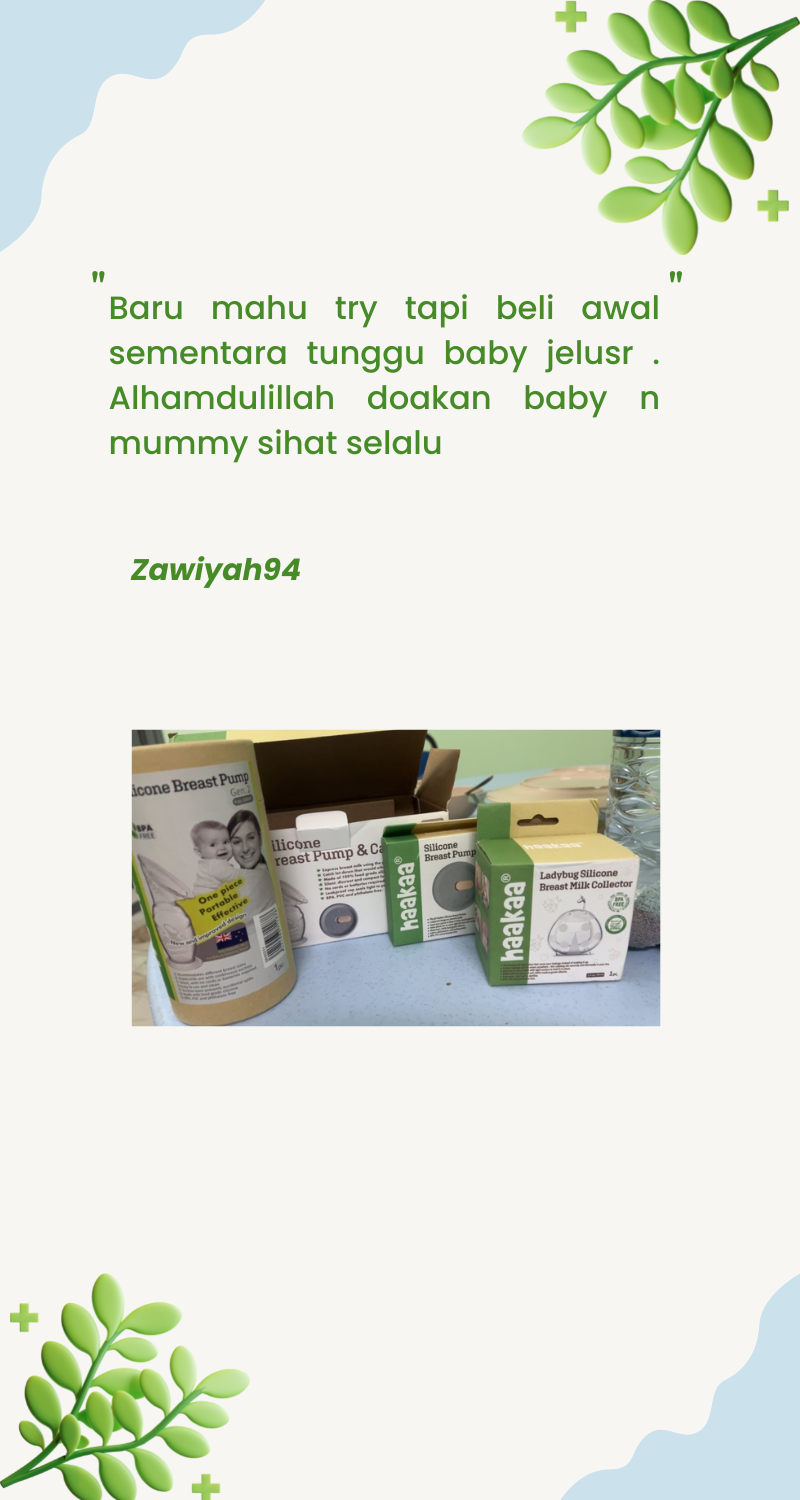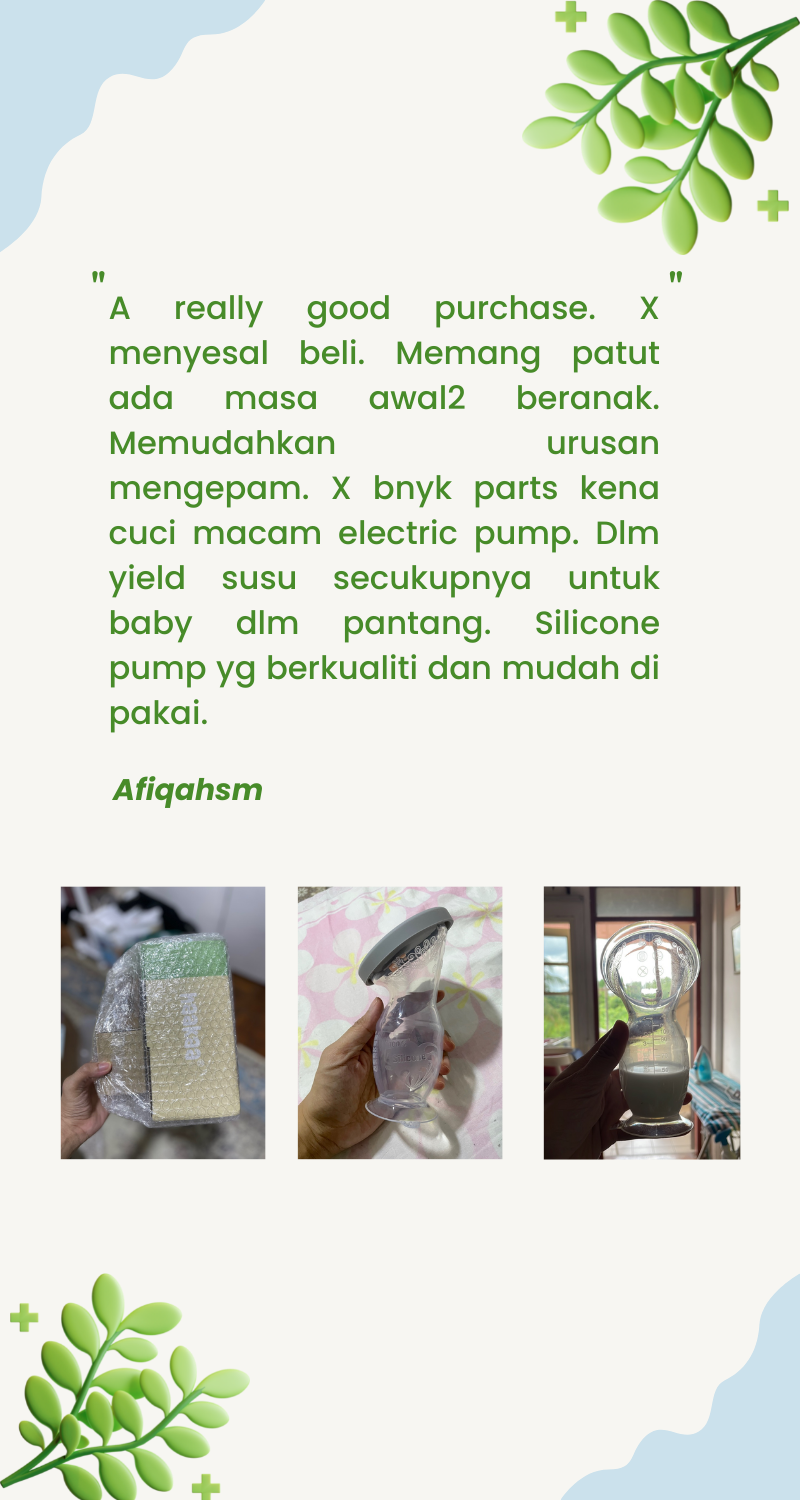When Should You Use A Nipple Shield?

Aliza Carr is a midwife and mental health specialist, who founded the online platform Bumpnbub to educate, support and connect new parents.
There are so many reasons a mother may require a nipple shield. The most common reasons are:
- To both protect and allow the nipples to heal if they are damaged or sore;
- Allow a baby to latch easier if they are premature or small;
- To help mamas with inverted or flat nipples whose babies are having trouble latching effectively.
It is important to remember that your journey is completely unique. Every woman's body and every baby is different. As a midwife, I have seen women with inverted nipples and premature babies who have been able to feed successfully without a nipple shield. However, I have also seen how incredibly helpful and transformative a nipple shield can be in enabling and supporting a mum and baby's breastfeeding journey when there are difficulties.
We know that sometimes on your breastfeeding journey, your nipples and areola can become sore and damaged. This can happen with either a poor latch, if bub bites down when teething or if you have been feeding non-stop around the clock (hello #mumlife). The Haakaa nipple shields allow space between the nipple and bubs mouth meaning that you can continue to feed with ease (and without that toe-curling pain) while your nipples recover.
Another common reason, often in the early days of breastfeeding, that mamas will use a nipple shield is to assist with inverted or flat nipples, where bub is struggling to attach. It is estimated that over 10% of women will have flat or inverted nipples (however, not all these women will require a nipple shield), and it is something I see very regularly as a midwife.
Using a nipple shield allows a larger area for your baby to latch on, meaning it is often easier to get an effective and productive latch. During the feed, the nipple is often drawn out. Our nipple correctors are also great for inverted or flat nipples, have you tried them?
Another reason that nipple shields are commonly used is for premature babies who are often smaller than babies born at full term. A nipple shield can help make the latching process easier for these little bubs. If your baby is in the NICU, you will likely have access to a lactation consultant who will be able to help guide you through this.
Why am I so obsessed with the Haakaa nipple shield?
Here are a few reasons:
- I have seen the incredible results nipple shields have yielded for so many women around the world, allowing a breastfeeding experience that many mamas may not have otherwise been able to experience
- They are 100% food grade silicone. I love the fact that a baby is NOT sucking on plastic! Silicone also means they are made from an eco-friendly and sustainable material which is so important.
- The nipple shield can put physical space between your nipple and baby's mouth, which can be a lifesaver when your nipples are very sore and damaged.
- Haakaa has a variety of shapes and bases, meaning mamas can pick what's best for them and their journey.
Breastfeeding is a learnt skill, so nipple shields are often a short term solution, meaning that once bub is older and has learnt how to latch effectively, they can likely attach without the aid of a shield. This also goes for mums using shields for damaged or sore nipples. Once the latch is corrected, the shields give your nipples time to heal whilst being able to continue breastfeeding your baby.
As a midwife, I would recommend using a nipple shield in conjunction with advice and guidance from a lactation consultant or midwife, to ensure an adequate latch and a personalised plan for you and bubby. This will also help you feel that you are not alone and there is help for you whenever you need.
What is the difference between our nipple shields and which one is best for you?
Haakaa offers two base shapes: round and triangle. Both shapes allow mums to experience the beauty of breastfeeding without the worry of discomfort and pain.
The round nipple shield has a larger base which suctions onto the breast more easily, making it better suited for mothers who are new to using nipple shields. The triangle shield has a smaller base which allows for more skin-to-skin contact with your baby, making it better suited for mothers who are more experienced with using nipple shields.
Haakaa offers two teat shapes: the orthodontic teat and the nipple teat. The thumb-shaped orthodontic teat replicates the shape and feel of a mother's nipple during breastfeeding, making it more readily accepted by your baby. The nipple teat replicates the silicone teat of a baby bottle and is better suited to help babies transition from breast to bottle.
This product is designed for mothers who are physically unable to breastfeed due to sore, cracked nipples, and should only be used in the interim before returning to natural breastfeeding once your nipple has healed. If you are able to breastfeed successfully and experience slight discomfort, we suggest using our traditional nipple shields (nipple not orthodontic) as a protective alternative if your nipples become raw and sore.
Please follow cleaning and storing guidelines on our website.









